Has Austria become a case for the psychoanalyst?
by Valentin Schipfer
What does a nation stand for? A question almost as hard to answer as the most fundamental question about the meaning of life. On behalf of Austria’s Federal Ministry of Economy the policy consultant Simon Anholt from Great Britain dared to tackle this question in a project called, Nation Brand Austria for 750.000,- Euros. Since 2011, the beginning of this project, he underlined that it would be nothing like the creation of just another logo or another advertising campaign. Anholt, the godfather of the term Nation Brand and the creator of the Nation Brand Index, instead was focused on a comprehensive communication strategy. But how does it look like in detail?
The main reason for this initiative: When neighbouring countries look at Austria from the outside, Austria is mostly associated with its historic heritages, such as the empress Sissi and Mozartkugeln. Or even worse: Surveys showed that the international youth could not associate with Austria, but rather confused the country with Australia. No good news, especially in terms of competing for young talents. Already in the past endeavours have been made to brush up its image. At the beginnings of the 1990s artists, scientists and politicians were invited to fix the Waldheim-debacle. This political scandal had made Austria, along with its inhabitants look like deniers of their Nazi past. The group even discussed to change Austria’s national emblem: One politician suggested replacing the Austrian Eagle with a Viennese Grilled Chicken holding a knife and a fork in its claws instead of a hammer and a sickle. After days and nights of discussions the only outcome was a new logo for the Austrian Federal Press Service.
More than two decades later Austria’s image is still lagging behind the present. Now the Federal Ministry of Economy wanted to give it another try. Mr.Anholt was assigned with initiating Austria’s quest for a competitive identity. The Ministry for Foreign Affairs, the Ministry of Innovation and the Federal Chancellery also took part in the project. The country expects to attract more investors, companies and talents from this self-discovery process. As Anholt states in one of his first books “Competitive Identity” the public needs to be lured away from its comfort-zone of current perceptions towards something more unfamiliar and more ambitious.
Over the course of two years Simon Anholt invited a finely balanced group of persons of the public life to so-called “conversazioni”. Similar to a psychoanalyst he held 40 meetings behind closed doors together with more than 270 stakeholders from politics, economy, art and culture, education, media and civil society. They elaborated how Austria could place itself as an international brand. It turns out that the answers are found in the past. It concluded that the country should continue to be positioned as “bridge builder”. Between 1989 and the extension of the European Union in 2004 Austria established itself as a hub between Eastern and Western countries. According to Mr.Anholt’s findings this is not sufficient anymore. Austria should expand its intermediary role to Central Asia and North Africa.
This intermediary role does not only contain measures for its foreign policy but also highlights Austria’s social partnership. Since the post-war period the social partnership is considered as an exemplar functioning, co-operative relationship between employers and employees’ associations. According to Anholt, it is vital to communicate this role model which aims at solving opposed interests through a consensus-based policy. Austria could become a testimonial of the counter concept to the Anglo-Saxon turbo-capitalism.
Due to their intrinsic communicative power symbolic actions will also play an important role in Nation Brand Austria. Similar to loyalty cards of airlines and supermarkets, tourists, key employees and foreign students should receive the AustriaCard. It will award bonus points. Bonus points for what? That is not clear yet. The second idea is more related to development issues and could raise Austria’s commitment to development aid. The so-called AidSurance is supposed to cover the expenditures on insurance premiums after natural disasters in Development Countries. Considering Austria’s small and not ambitious budget for development aid, this idea is long overdue. Another idea, contained in Anholt’s 70-page concept, suggests investing into constitutional legality as an export product. A new trust fund will finance legal experts’ missions in foreign countries. These actions are supposed to add substantial value to the communication strategy.
The concept further suggests the instalment of three new structures: a Nation Brand Agency which probably will be the responsibility of the Ministry of Economy; a secretariat for public diplomacy under the head of the Ministry of Foreign Policy and the web portal www.austria.eu (which currently just forwards you to the website of the Federal Chancellery). The Nation Brand Agency’s duty is to coordinate the country’s international appearance and to ensure that Austria’s message to outside countries yields a uniform picture. Internally it has to exercise control over national stakeholders not use funds against one another. It is estimated that costs would amount to 20 to 50 million Euros for the next four years. Exact calculations and Nation Brand Austria’s implementation will be done by the next government which is still written in the stars. Other questions remain open too. How long will it take to associate Austria as a bridge-builder on international level? How long will it take that more tourists, more investments and key labour forces come to Austria? How long will it take that Austria’s export rate raises?
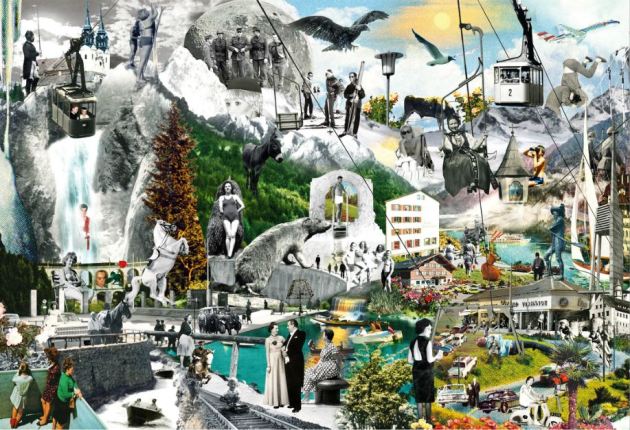
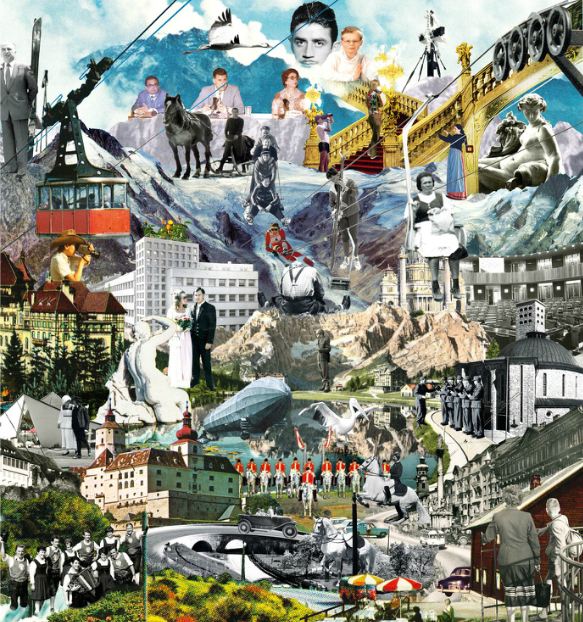

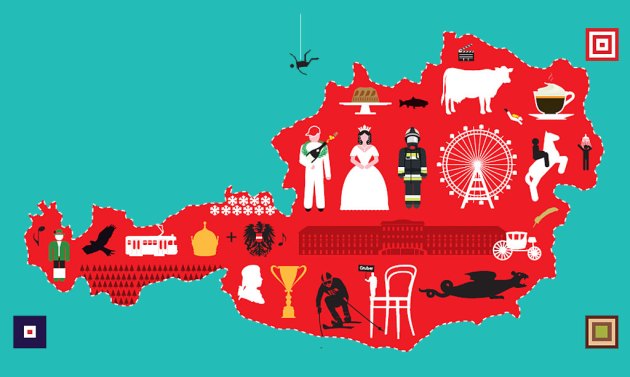
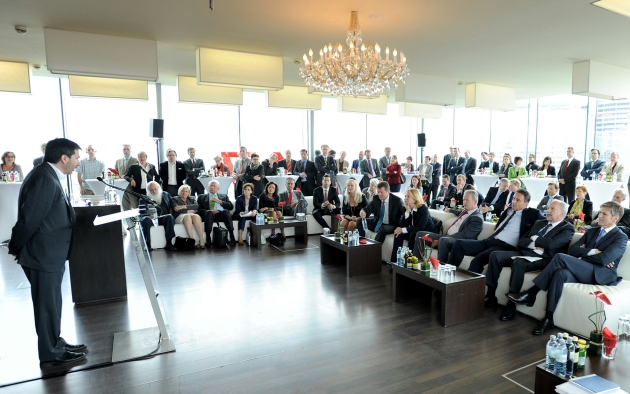
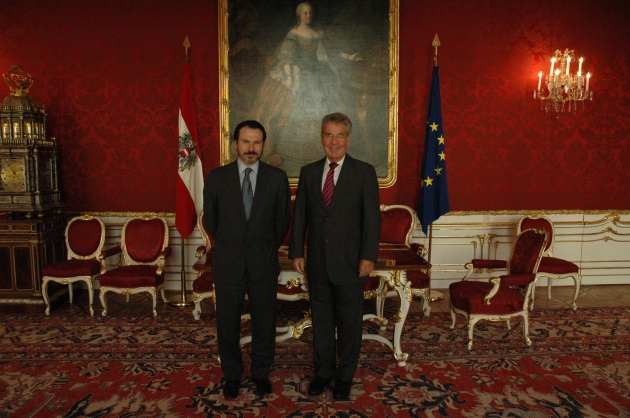
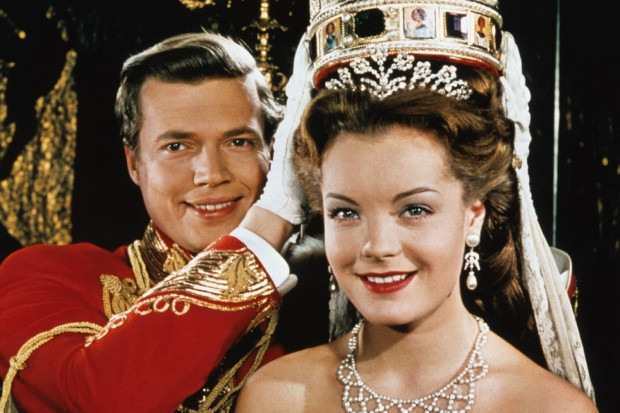
No comments:
Post a Comment